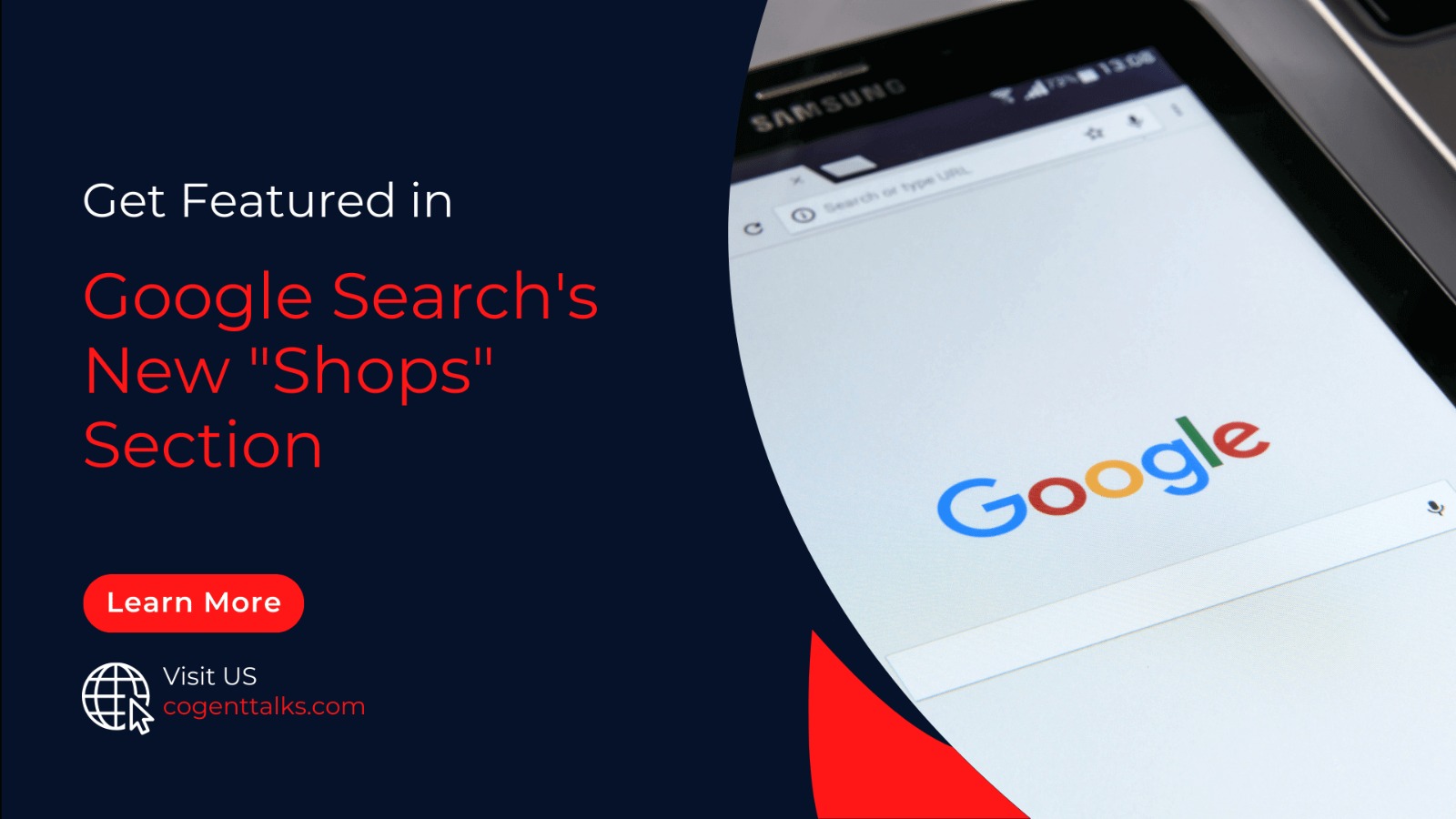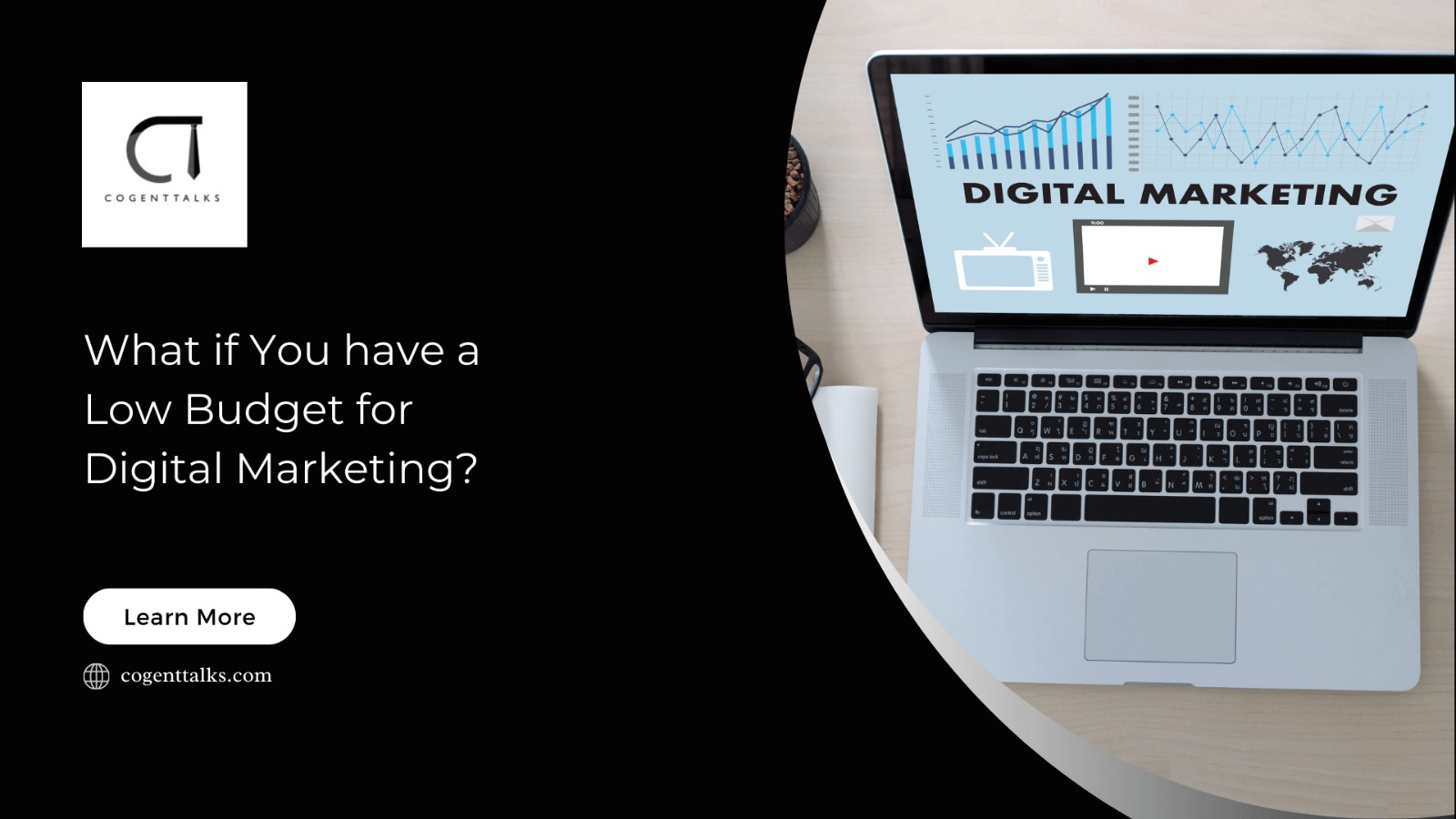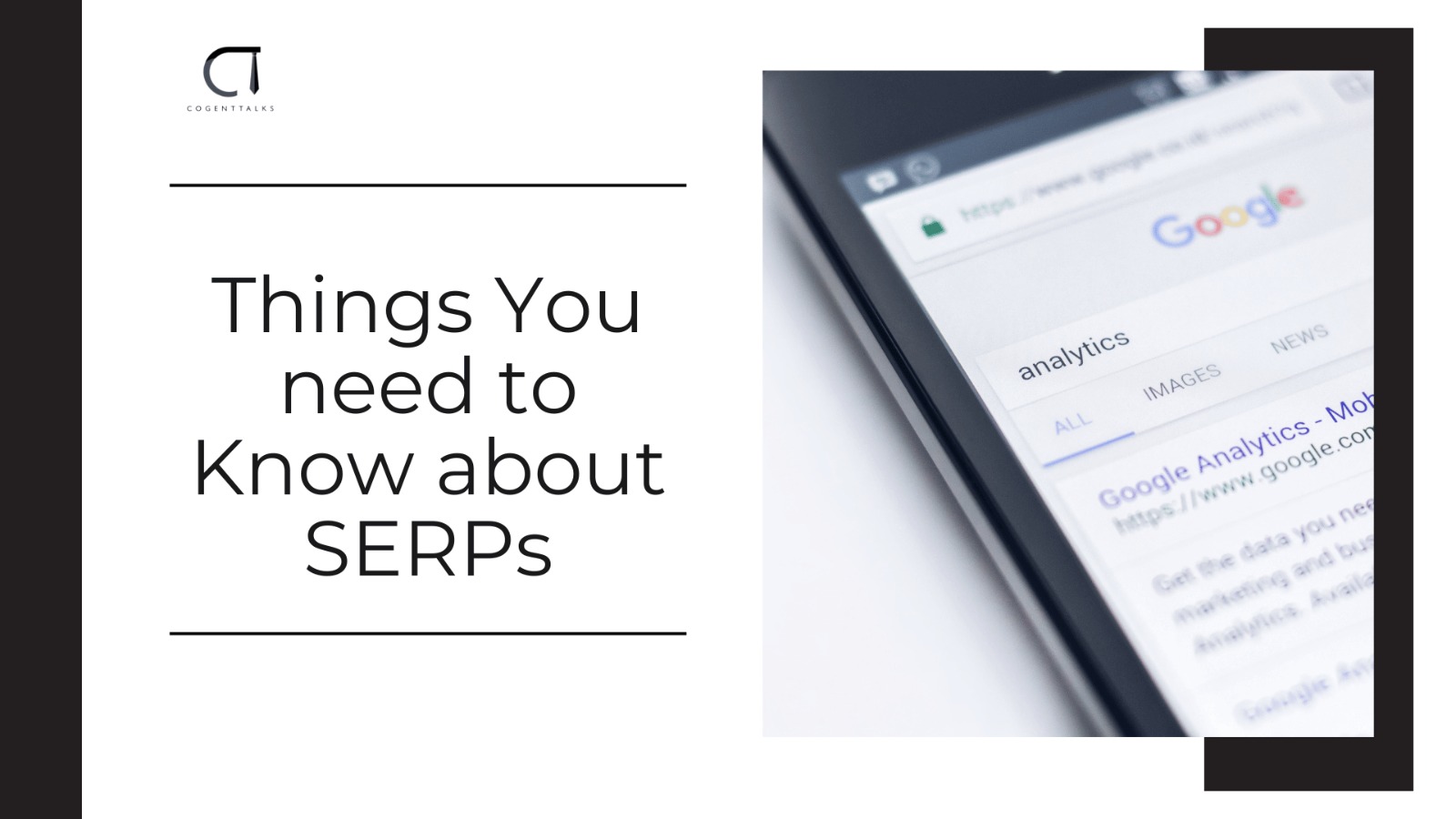With so many industries competing for a user’s attention, online requires a well-designed customer journey and an efficient marketing funnel. But to convert them into potential customers, you must send them to a great landing page that compels them to take the needed action.
Landing pages that convert often have a deadline for your unique offer, appealing pictures, and strong call-to-actions. A well-designed landing page draws visitors in, piques their interest, and converts them into customers.
To create the best and most engaging landing page, you can also take the guidance of a Digital marketing agency. They’re the experts in providing excellent SEO and Social media marketing services. So, they can guide you in creating landing pages that can lead the visitors to build a long-term relationship with your company.
Are you confused about the landing page and how it benefits the company?
If yes, then don’t worry. We’re here to help you.
What exactly is a Landing page?
The web page on which a consumer can land is known as a landing page in the context of marketing. It’s a separate page from your homepage or any other page with a narrow focus. It enables potential clients to buy something or take a crucial step toward becoming your clients.
The Landing page includes specific CTAs, i.e., call-to-action like leaving contact information, checking out, scheduling a consultation, and subscribing to an email newsletter. A successful and effective landing page will accomplish its goal by persuading potential customers that it is worthwhile to put their personal information for whatever it is you are offering.
Types of Landing Page
There are usually two types of landing pages:
- Lead generation landing pages
- Click-through landing pages
Now, let’s understand them in detail:
1. Lead generation landing pages
This kind of landing page sometimes referred to as “lead gen” and “lead capture” page, focuses on gathering lead information. If put in other words, it collects data about your clients.
A form that acts as the CTA is a lead capture page’s distinguishing characteristics. On the contrary, a product or service requests users’ information, such as email addresses, names, and contact numbers.
2. Click-through landing pages
CTA buttons are the main focus of click-through landing sites, as opposed to lead generation pages, which feature forms. Your users are directed to a page where they can perform the desired action by clicking the button.
Click-through landing pages are frequently found on eCommerce sites and other websites that prioritize generating sales right away over gathering user information. In addition to the CTA button, these landing pages typically incorporate compelling content, such as product specifications or user testimonials, to further pique and engage potential customers.
What distinguishes a homepage from a Landing page?
Here, we have a set of points that help you understand why the homepage is different from the Landing page:
1. Broader CTAs
Your homepage has a lot of responsibilities. Your homepage gives visitors an outline of your business and works as a central point from which they may view various areas of your website. Thus its content is frequently broad and has fewer targeted CTAs. On the other hand, landing pages have a single objective. Hence they feature customized CTAs.
2. More links
There are typically at least ten links on a homepage. The footer has frequent links, a navigation menu at the top, and the page’s body. However, you’ll find fewer links, perhaps just one– the link that enables your users to convert to a well-optimized landing page.
3. Different target markets and objective
Many visitors to your homepage likely don’t know what they want yet. However, visitors who land on landing pages have already shown interest in what you offer. They are ready to convert now that they have gone further along your customer journey.
Benefits of Landing page
Here, we’ve listed the importance of a landing page:
1. Increases conversions
A successful landing page will impact a visitor’s decision to take action as your website does. A landing page clearly defines the action users are supposed to take and makes it as simple as possible for them to do it. The term ‘call-to-action’ refers to this. The landing pages are beneficial because greater conversions often result in more customers and revenue for your organization.
2. Support your business objectives
Landing pages immediately help your company’s objectives, such as finding a new niche, marketing a new product, attracting new clients, or increasing sales. Landing pages are advantageous for your business because they may be tailored to the precise audience or objective you are aiming for and give you the ability to gauge performance in connection to that goal.
3. Increases trust and credibility
They accept that you are aware of their problems and have thought about the best way to solve them when they feel that their action plan is evident and that you’re helping them achieve it. The content of landing pages must be concentrated on the action, goal, or journey the visitor will take due to the landing page’s focus. Several landing page elements can be improved to make that task more accessible.
4. Raise brand recognition
When creating a landing page, it’s crucial that the wording, style, and feel match those of the material that relates to it. An additional strategy to increase brand recognition in marketing is a landing page with consistent branding. This will help your business by improving the consistency of your branding across various media platforms and providing people with more possibilities to recognize and interact with your brand.
Landing page best practices
1. Display the use of your product or service
Visuals may help you grab and hold their attention, using still photos, step-by-step animations, or example films. It works well as a shorthand for describing how your goods or service operates. It’s easier for visitors to picture themselves as your customers when your product or service is shown in a realistic setting.
2. Segment your traffic
Prefer designing unique landing pages for each audience category. Your target audience probably comprises multiple personas. So, find the keywords that each person would consider what you’re giving will be necessary for this. By dividing your audience, you can boost your website’s visibility in search results and create a more relevant message to each group’s needs.
3. Embrace social proof
The majority of your visitors are astute enough to avoid common marketing jargon. Including the opinions of pleased customers and community members can give your claims an air of credibility that even the best copy will lack, regardless of how amazing you think your product is.
4. Acquire backlinks
Backlinks demonstrate the value of the content on your page when they originate from reputable and high-quality websites. They effectively serve as votes of trust in the eye of search engines by sending traffic to your landing pages. Some backlinks lead to your website from other websites. Thus, your website will rank higher on search engine result pages.
5. Use concise, persuasive writing.
Your copy should be unambiguous and simple. It ought to be readable. Even if some products necessitate longer material, most profit is gained by keeping things brief. Consider fewer paragraphs and more lists with bullets.
6. Make your content easily shared.
Remember that each of your potential leads has connections to other people who might be interested in what you offer. You can access these more extensive networks if you let people share your landing pages. This extra traffic will improve your page’s search engine rankings and bring additional leads.
7. Employ directional signals to direct users to your CTA
Well-placed indications urge visitors to scroll, read on, and make a purchase. This is crucial if your CTA is below the fold.
8. Make use of bullets.
Use numbered lists or bullet points to list the features and benefits of your giving since there are probably more than one. Because it is easy on the eyes and more accessible to scan than a massive block of text, this is more reader-friendly.
9. Give your contact information.
Even if the lead doesn’t contact you, you will feel more comfortable knowing they have a choice to do so. Giving customers your contact information is a sign of credibility because it lets them know you’re available to assist them if they need it.
The Anatomy of high-converting landing pages
When your clients are prepared to buy, your landing pages should be prepared to close the deal. If you concentrate on the underlying elements, your landing page will perform better and enable you to achieve your desired outcomes.
Now, let’s examine the six crucial elements of landing pages that result in conversions:
1. Compelling landing page copywriting
A user’s interest can be lost exceptionally rapidly. However, adopting the appropriate language can assist you in keeping their interest. Head-grabbing headlines will encourage your target audience to read the rest of your landing page. They will respond better to conversational, relatable, and value-adding landing page copywriting.
Make a well-defined CTA. Inform your audience of the activity you desire for them.
2. Superior visual elements
Nobody likes to read long passages of boring text; well-written prose and stunning visuals work well together. Ensure your landing page design or layout directs their gaze, tells a story, and promotes your worth if you want your buyer to concentrate on you.
Testing several interactions will help you find the best layout and combination of visual components.
3. No distractions
Compared to a website, a landing page should have a narrow emphasis. You don’t want your audience wandering around; you just want to concentrate on what matters to them.
Ensure your landing page flows naturally for the highest conversion rates. Remove all links to external websites to stop users from leaving the landing page. A navigation bar is also required to prevent them from going to the page.
4. Customer testimonials
In the same way, that client testimonials are a terrific method to get your customer’s attention; online reviews can affect purchasing decisions. Favorable reviews can help prospects develop trust in your brand by proving that customers have positive experiences.
Testimonials are available in the following formats:
- A screenshot showing a 5-star rating and thorough compliments
- A video testimonial from a devoted customer
- A letter of gratitude from clients
These are all strategies for increasing credibility, fostering a sense of belonging, and persuading potential customers to do the desired action.
5. Short forms
Today’s gold standard of digital marketing is data to deliver individualized and optimal brand experiences. The objective is not to make a single sale to consumers before they leave. Instead, it’s making your company valuable to them by keeping in touch, which calls for their contact information.
To enhance your chances of success, your landing page contact form should only request the necessary information.
6. Clear call-to-action
The CTA button needs to be transparent to see on the page. This is due to the landing page’s primary goal of encouraging action. Regardless of where your customer is on the website, it is wise to have a CTA button in a visible spot. This could take the form of several locations on the top, middle, or bottom-most portions of the landing pages or a small banner at the bottom of the page or close to it.
Conclusion
Till now, we hope that you must’ve understood how a landing page can convert your visitors into potential customers. But for that, you need to ensure that you create an engaging landing page. If you don’t have enough experience in it, you can consult and hire a Digital marketing agency that is very well-known for building a successful landing page.
So, stop getting confused and hire the experts today!



